 |
DEPOSIT CREATION IN A SINGLE BANK:Types of Reserves |
| << THE MONETARY BASE:Changing the Size and Composition of the Balance Sheet |
| MONEY MULTIPLIER:The Quantity of Money (M) Depends on >> |
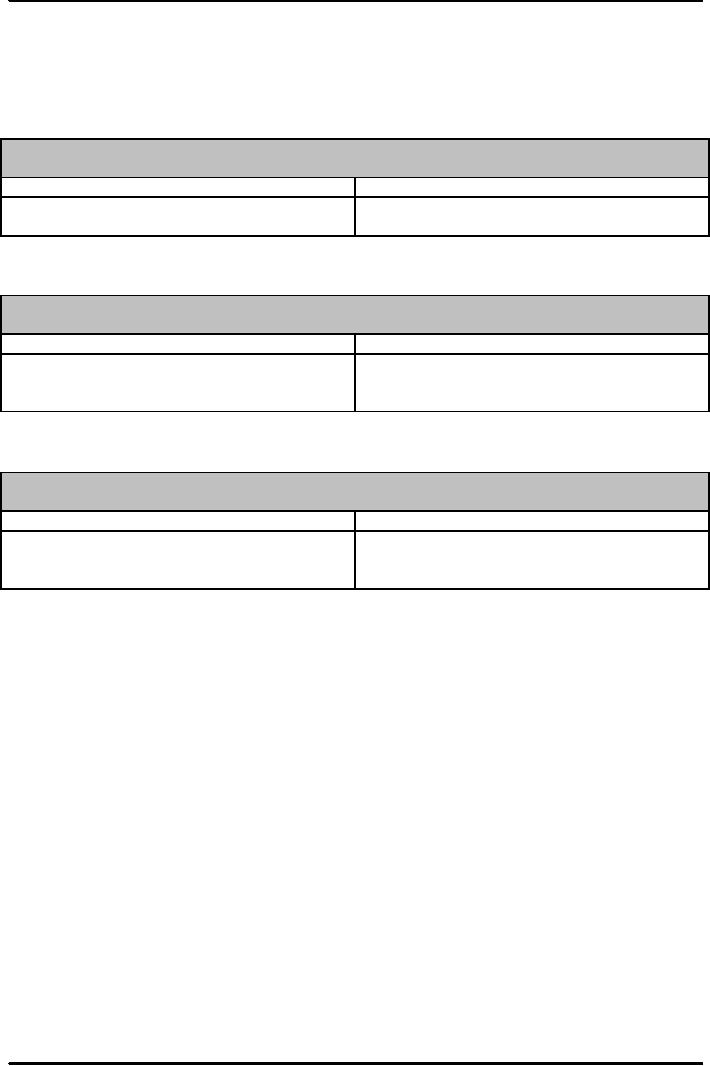
Money
& Banking MGT411
VU
Lesson
34
DEPOSIT
CREATION IN A SINGLE
BANK
If the
central bank buys a security
from a bank, the bank has
excess reserves, which it
will seek
to
lend
The
loan replaces the securities as an asset
on the bank's balance
sheet
Table:
Change in First Bank's
Balance Sheet following
Central Bank's purchase of a
Treasury
bond
Assets
Liabilities
Reserves
+$100,000
Securities
-$100,000
Assuming
First bank has granted a
loan of $100,000 to Office
Builders Incorporated
(OBI)
Table:
Change in First Bank's
Balance sheet following
Central Bank's purchase of a
Treasury
bond
and Extension of a loan
Assets
Liabilities
Reserves
+$100,000
OBI
Checking account
+$100,000
Securities
-$100,000
Loans
+$100,000
OBI
paid off its employees and suppliers
through checks worth
$100,000
Table:
Change in First Bank's
balance sheet following
Central Bank's purchase of a
Treasury
Bond,
Extension of a loan, and withdrawal by
the borrower
Assets
Liabilities
Reserves
$0
Checkable
deposits
$0
Securities
-$100,000
Loans
+$100,000
Deposit
Expansion in a System of Banks
The
loan that the First bank
made was spent and as the
checks cleared, reserves were
transferred
to
other banks
The
banks that receive the
reserves will seek to lend
their excess reserves, and the
process
continues
until all of the funds have
ended up in required
reserves
Types
of Reserves
Actual
Reserves (R)
Required
Reserves (RR=rDD)
Excess
Reserves (ER)
Assume
Bank
holds no excess
reserves.
The
reserve requirement ratio is
10%
Currency
holding does not change
when deposits and loans
change.
When
a borrower writes a check, none of the
recipients of the funds deposit them back
in the
bank
that initially made the
loan.
Let's
say, OBI uses the $100,000
loan to pay its supplier
American Steel Co (ASC), which
it
deposits
in its bank the Second
bank.
105
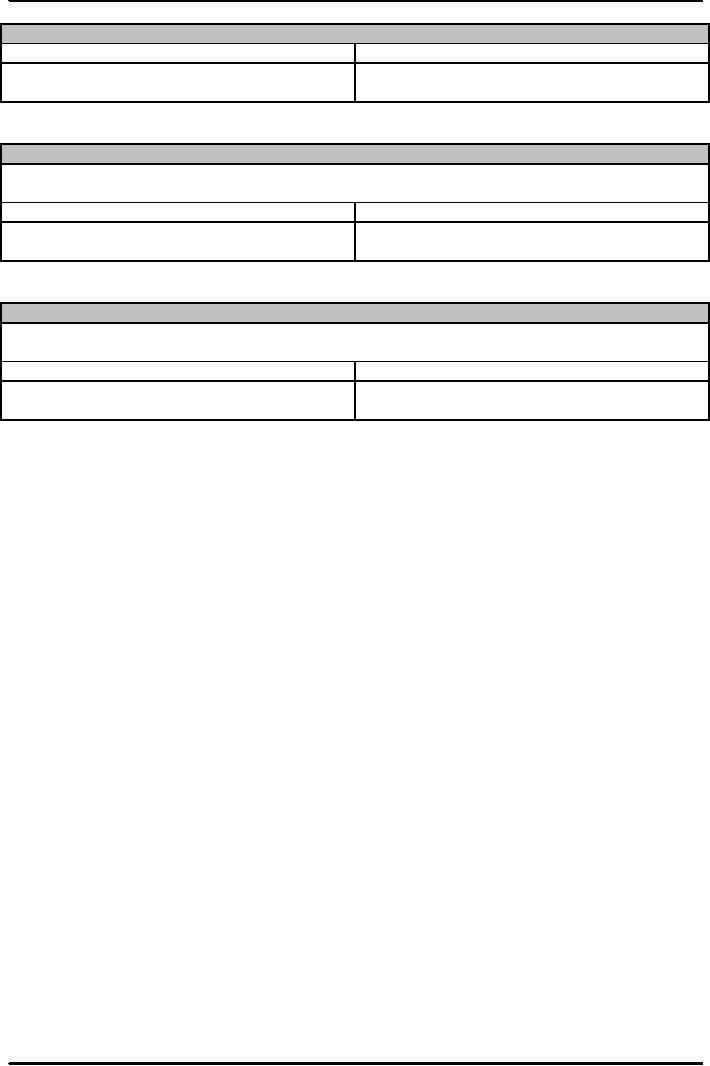
Money
& Banking MGT411
VU
Table:
Change in Second Bank's
Balance sheet following
American Steel's
Deposit
Assets
Liabilities
Reserves
+$100,000
American
Steel's checking
+$100,000
account
Table:
Change in Second Bank's
Balance sheet following a
Deposit and Extension of a
loan
Assuming
a 10% reserve requirement,
banks hold no excess
reserves, and there are no changes
in
currency
holdings.
Assets
liabilities
Reserves
+$10,000
American
Steel's Checking
+$100,000
Loan
+$90,000
account
Table:
Change in Third Bank's
Balance Sheet following a
Deposit and Extension of a
loan
Assuming
a 10% reserve requirement,
banks hold no excess
reserves, and there are no changes
in
currency
holdings.
Assets
Liabilities
Reserves
+$9,000
Checking
account
+$90,000
Loan
+$81,000
106
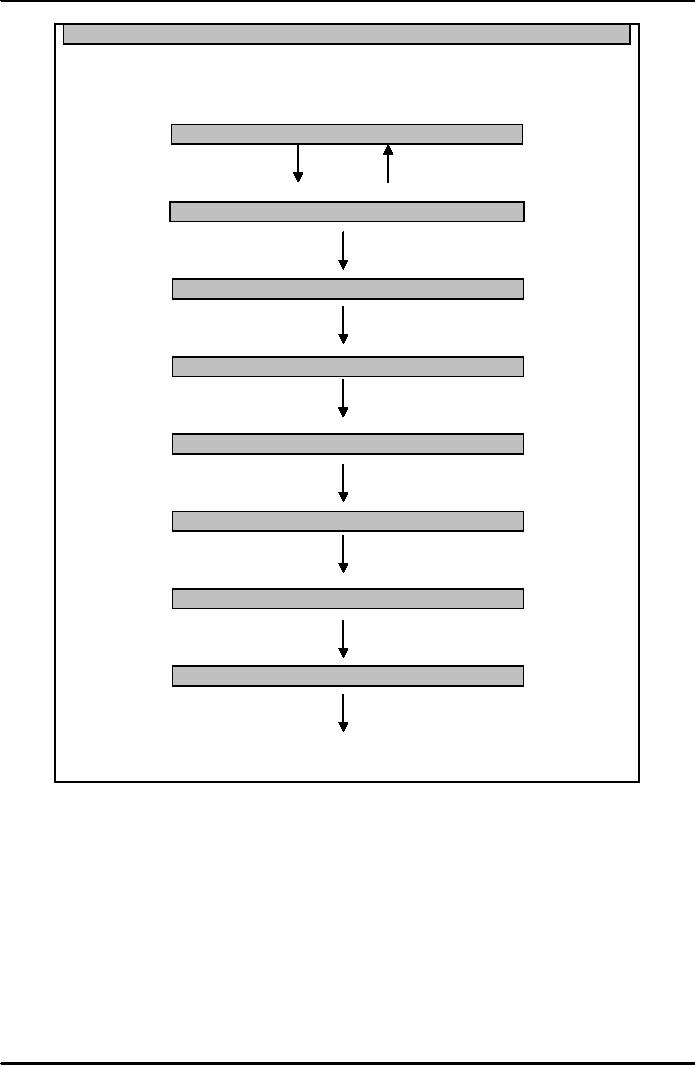
Money
& Banking MGT411
VU
Multiple
Deposit Creation
Assuming
a 10% reserve requirement,
banks hold no excess
reserves and there are
no
changes
in currency holdings.
Central
Bank
$100,000
Reserves
$100,000
Securities
First
Bank
$100,000
Loan
Office
Builders lnc.
$100,000
Payment
American
Steel Co.
$100,000
Deposit
Second
Bank retains $10,000 in
reserves
$90,000
Loans
Third
Bank retains $90,000 in
reserves
$81,000
Loan
Fourth
Bank retains $8,100 in
reserves
$72,900
Loan
Fifth
Bank retains $7,290 in
reserves
$65,610
Loan
And
so on
And
so on
107
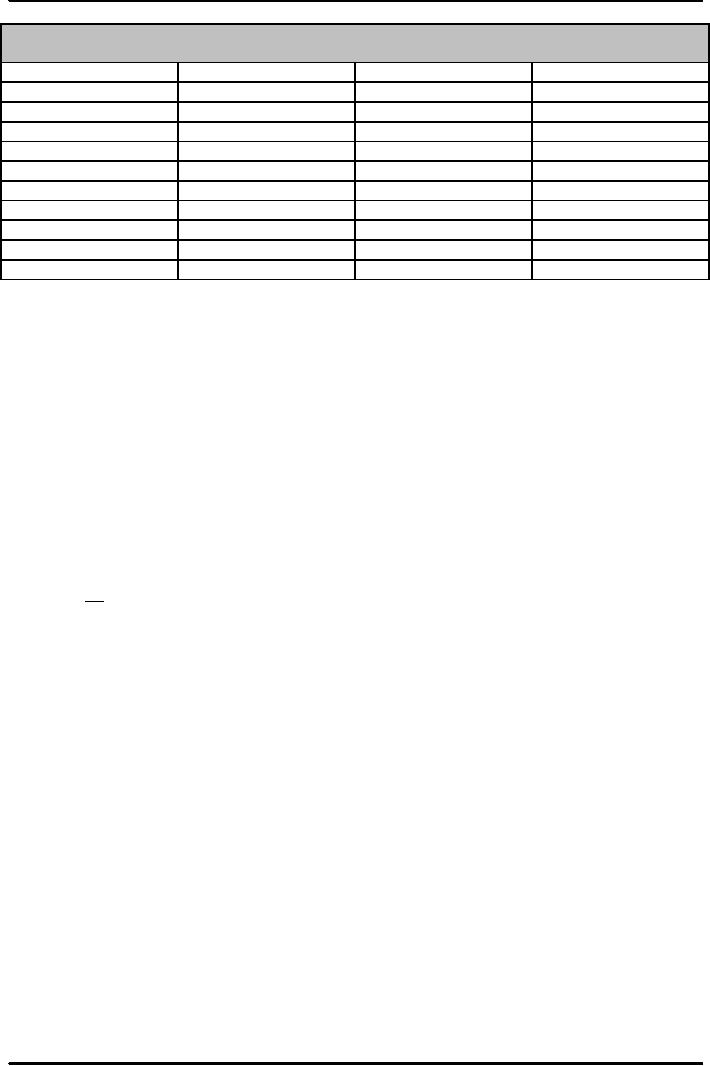
Money
& Banking MGT411
VU
Table:
Multiple Deposit Expansion following a
$100,000 Open Market
Purchase Assuming a
10%
reserve
requirement
Bank
Increase
in Deposits
Increase
in Loans
Increase
in Reserves
First
bank
$0
$100,000
$0
Second
bank
$100,000
$90,000
$10,000
Third
bank
$90,000
$81,000
$9,000
Fourth
bank
$81,000
$72,900
$8,100
Fifth
bank
$72,900
$65,610
$7,290
Sixth
bank
$65,610
$59,049
$6,561
-
-
-
-
-
-
-
-
-
-
-
-
The
Banking System
$1,000,000
$1,000,000
$100,000
Deposit
Expansion Multiplier
Assuming
No
excess reserves are
held
There
are no changes in the amount of currency
held by the public,
The
change in deposits will be the inverse of
the required deposit reserve ratio
(rD) times the
change
in required reserves, or
ĆD =
(1/rD) ĆRR
Alternatively
RR
= rDD
or ΔRR = rDΔD
So
for every dollar increase in
reserves, deposits rise by
1/rD
The
term (1/rD)
represents the simple deposit
expansion multiplier.
A
decrease in reserves will
generate a deposit contraction in a
multiple amount too
RD=10% (0.10), and ΔRR=$100,000
1
$
100 , 000
ΔD=
.1
ΔD=
$1,000,000
Deposit
Expansion with Excess Reserves
and Cash Withdrawals
The
simple deposit expansion
multiplier was derived
assuming no excess reserves
are held and
that
there is no change in currency holdings by the
public.
These
assumptions are now relaxed
as
5%
withdraw of cash.
Excess
reserves of 5% of deposits
Continuing
with our previous example,
if American Steel Co (ASC) removes 5% of
its new
funds
in cash, which leaves
$95,000 in the checking account and
$95,000 in the Second
bank's
reserve
account
Bank
wishes to hold excessive
reserves of 5% of deposits, it would keep
reserves of 15% of
$95,000
or $14,250 and making a loan of
$80,750
108
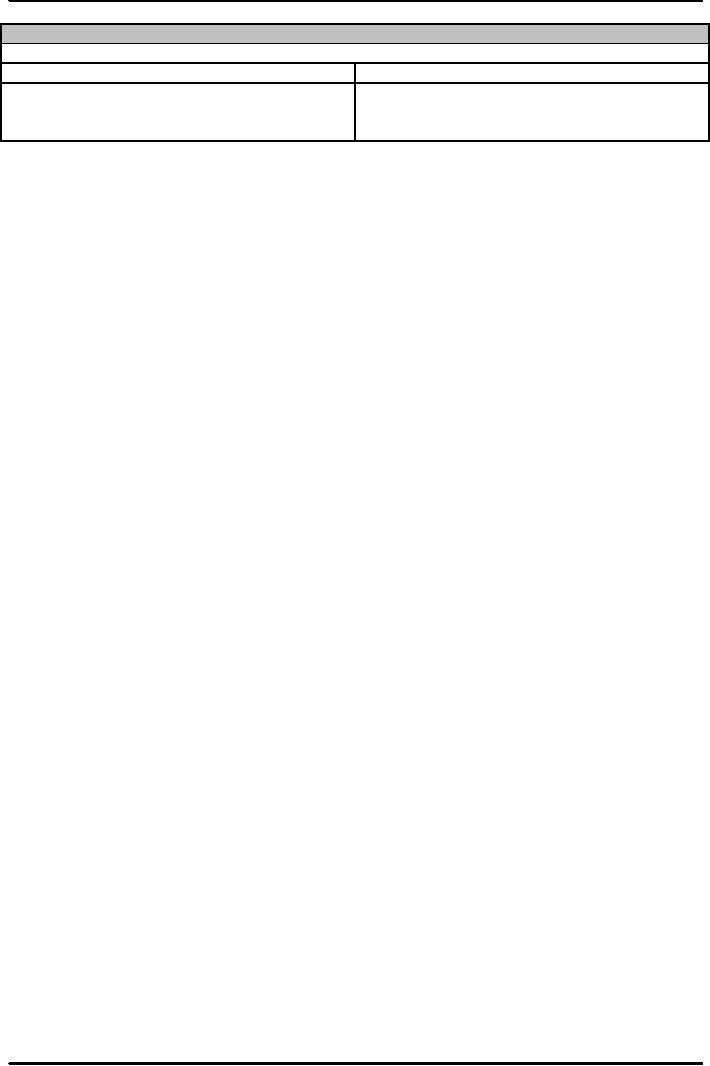
Money
& Banking MGT411
VU
Table:
Change in Second Bank's
Balance sheet following a
Deposit and Extension of a
Loan
Assuming
excess reserves and cash
holdings. Note: American Steel
also has $5,000 in
cash.
Assets
Liabilities
Required
reserves
+$9,500
American
Steel's checking
+$95,000
Excess
reserves
+$4,750
account
Loan
+$80,750
The
desire of banks to hold
excess reserves and the desire of
account holders to withdraw
cash
both
reduce the impact of a given
change in reserves on the total
deposits in the system.
The
more excess reserves banks
desire to hold, and the more
cash that is withdrawn, the
smaller
the
impact.
Money
Multiplier
The
money multiplier shows how
the quantity of money (checking
account plus currency)
is
related
to the monetary base (reserves in the
banking system plus currency
held by the nonbank
public)
Taking
m for money multiplier and MB
for monetary base, the
Quantity of Money, M is
M
= m x MB
(This
is why the MB is called High Powered
Money)
Consider
the following relationships
Money
= Currency + Checkable deposits
M=C+D
Monetary
Base = Currency +
Reserves
MB
= C +R
Reserves
= Req. Res. + Exc.
Res
R
= RR + ER
The
amount of excess reserves a bank
holds depends on the costs and
benefits of holding them,
The
cost is the interest foregone
The
benefit is the safety from having the
reserves in case there is an increase in
withdrawals
The
higher the interest rate, the lower
banks' excess reserves will
be; the greater the concern
over
possible deposit withdrawals, the higher
the excess reserves will
be
Introducing
Excess Reserve Ratio
{ER/D}
R
= RR + ER
=
rDD
+ {ER/D} D
=
(rD +
{ER/D}) D
109
Table of Contents:
- TEXT AND REFERENCE MATERIAL & FIVE PARTS OF THE FINANCIAL SYSTEM
- FIVE CORE PRINCIPLES OF MONEY AND BANKING:Time has Value
- MONEY & THE PAYMENT SYSTEM:Distinctions among Money, Wealth, and Income
- OTHER FORMS OF PAYMENTS:Electronic Funds Transfer, E-money
- FINANCIAL INTERMEDIARIES:Indirect Finance, Financial and Economic Development
- FINANCIAL INSTRUMENTS & FINANCIAL MARKETS:Primarily Stores of Value
- FINANCIAL INSTITUTIONS:The structure of the financial industry
- TIME VALUE OF MONEY:Future Value, Present Value
- APPLICATION OF PRESENT VALUE CONCEPTS:Compound Annual Rates
- BOND PRICING & RISK:Valuing the Principal Payment, Risk
- MEASURING RISK:Variance, Standard Deviation, Value at Risk, Risk Aversion
- EVALUATING RISK:Deciding if a risk is worth taking, Sources of Risk
- BONDS & BONDS PRICING:Zero-Coupon Bonds, Fixed Payment Loans
- YIELD TO MATURIRY:Current Yield, Holding Period Returns
- SHIFTS IN EQUILIBRIUM IN THE BOND MARKET & RISK
- BONDS & SOURCES OF BOND RISK:Inflation Risk, Bond Ratings
- TAX EFFECT & TERM STRUCTURE OF INTEREST RATE:Expectations Hypothesis
- THE LIQUIDITY PREMIUM THEORY:Essential Characteristics of Common Stock
- VALUING STOCKS:Fundamental Value and the Dividend-Discount Model
- RISK AND VALUE OF STOCKS:The Theory of Efficient Markets
- ROLE OF FINANCIAL INTERMEDIARIES:Pooling Savings
- ROLE OF FINANCIAL INTERMEDIARIES (CONTINUED):Providing Liquidity
- BANKING:The Balance Sheet of Commercial Banks, Assets: Uses of Funds
- BALANCE SHEET OF COMMERCIAL BANKS:Bank Capital and Profitability
- BANK RISK:Liquidity Risk, Credit Risk, Interest-Rate Risk
- INTEREST RATE RISK:Trading Risk, Other Risks, The Globalization of Banking
- NON- DEPOSITORY INSTITUTIONS:Insurance Companies, Securities Firms
- SECURITIES FIRMS (Continued):Finance Companies, Banking Crisis
- THE GOVERNMENT SAFETY NET:Supervision and Examination
- THE GOVERNMENT'S BANK:The Bankers' Bank, Low, Stable Inflation
- LOW, STABLE INFLATION:High, Stable Real Growth
- MEETING THE CHALLENGE: CREATING A SUCCESSFUL CENTRAL BANK
- THE MONETARY BASE:Changing the Size and Composition of the Balance Sheet
- DEPOSIT CREATION IN A SINGLE BANK:Types of Reserves
- MONEY MULTIPLIER:The Quantity of Money (M) Depends on
- TARGET FEDERAL FUNDS RATE AND OPEN MARKET OPERATION
- WHY DO WE CARE ABOUT MONETARY AGGREGATES?The Facts about Velocity
- THE FACTS ABOUT VELOCITY:Money Growth + Velocity Growth = Inflation + Real Growth
- THE PORTFOLIO DEMAND FOR MONEY:Output and Inflation in the Long Run
- MONEY GROWTH, INFLATION, AND AGGREGATE DEMAND
- DERIVING THE MONETARY POLICY REACTION CURVE
- THE AGGREGATE DEMAND CURVE:Shifting the Aggregate Demand Curve
- THE AGGREGATE SUPPLY CURVE:Inflation Shocks
- EQUILIBRIUM AND THE DETERMINATION OF OUTPUT AND INFLATION
- SHIFTS IN POTENTIAL OUTPUT AND REAL BUSINESS CYCLE THEORY